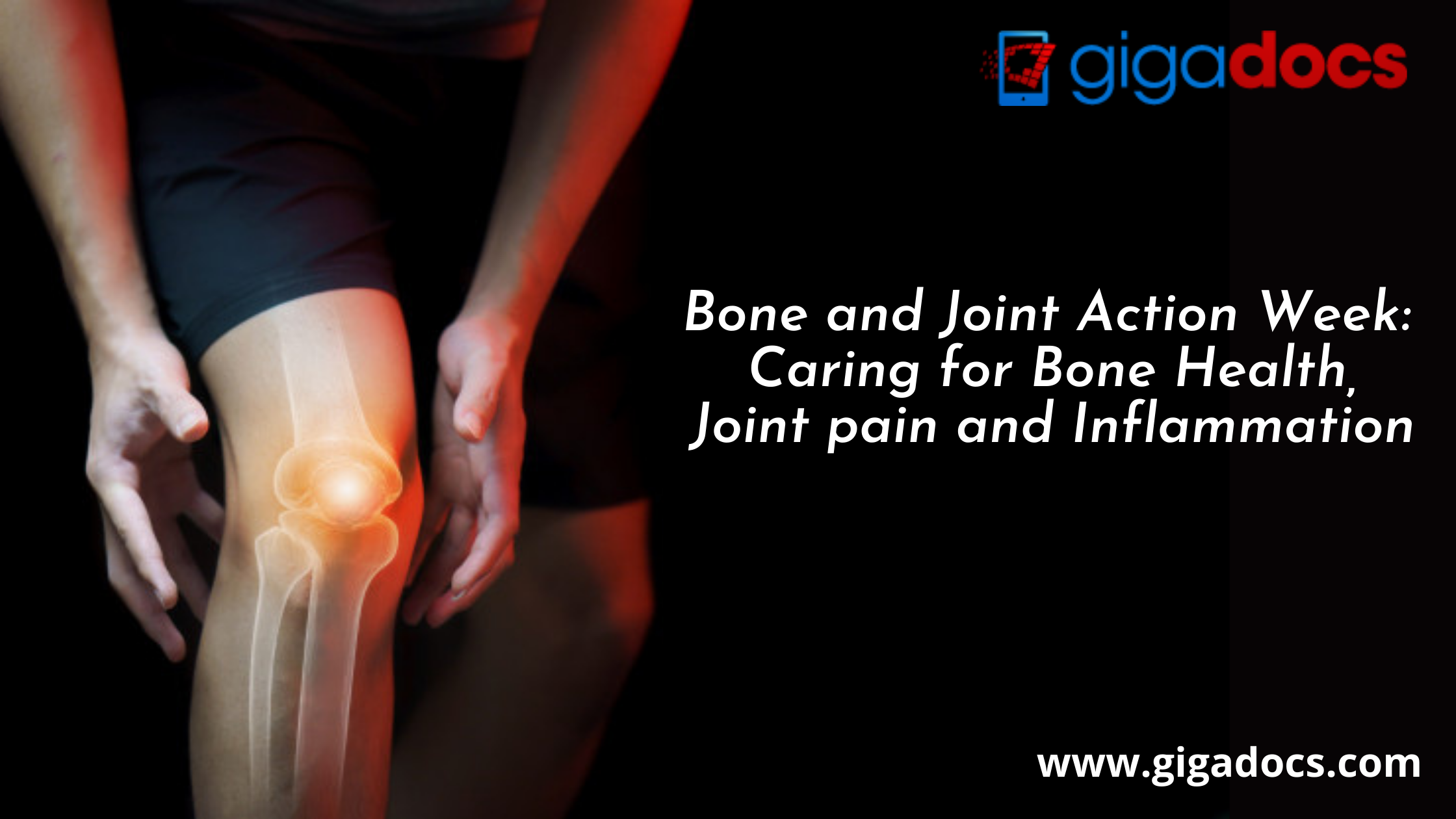Our bones are one of the most critical functional components. The human body comprises of 206 bones which provide the structure for everyday activities. These bones include the bones of the spine (vertebrae), skull, arms, legs, and ribs. Our body structure is made up of five types of bones which include flat, long, short, irregular, and sesamoid.
The flat bones protect our critical internal organs which include the brain, heart, and pelvic. The long bones facilitate the moment and help with developing the body structure. The short bones located in the wrist and ankle joints facilitate the stability of the body structure. While the irregular bones vary in shape and structure, they have a fairly complex shape, which helps to protect the internal organs. Sesamoid bones strengthen our feet, hands, and knees. They are small round bones that support the other bones.
The human bones are constantly changing their structure. Along with the formation of the new bones, the old ones break down and regenerate. The rate of bone formation is quicker at a younger age when the body has the ability to regenerate faster than the rate of breakdown of the older ones. This results in a greater bone mass at a young age which decreases with age. At 30 years of age, you will attain your maximum body mass. Your body remodeling will continue post 30 years of age, but the rate of bone formation would slow down.
- To spread awareness among all ages, the Bone and Joint Action Week is organized annually from October 12th – 20th. The Bone and Joint Action Week revolves around rising worldwide awareness about prevention, disease management, and treatment of bone trauma, osteoporosis, arthritis, and back pain.
The Bone and joint week are marked for five days, from Oct 12 to Oct 20, covering World Arthritis Day on October 12th, World Spine Day on October 16th, World Trauma Day on October 17th, World Paediatric Bone and Joint Day on October 19th, and World Osteoporosis Day on October 20th.
Joint Pain
Our bones are supported by joints, which can break down owing to regular and tear. Joint pain can occur in the hips, shoulders, knees, spine, lower back, hands, feet, and other joint areas. Joint pains can range from mild or severe, lasting from a short time or affecting for a longer duration. Joint Pain symptoms can range from-
- Joint pains, that come up with the movement
- Limited range movement
- Stiffness after inactivity
- Tenderness in the joints
- Swollen, red, or warm joints
- Unable to perform everyday activities
Arthritis
Arthritis is known to be the reason behind the most common forms of joint pain. Rheumatoid Arthritis (RA) and Osteoarthritis (OA) are most commonly seen in adults who are over 40 years. OA progresses slowly and attacks the common areas of joints like the wrists, hands, hips, and knees. Arthritis is characterized by cartilage breakdown in the kneecap or inflammation of the tendon. An infection of the joint bone or joint overuse, cancer, rickets are the other causes of Arthritis.
Spine Care
Back pain is one of the most common forms of pain affecting almost one billion people worldwide and is regarded as the single most cause of disability.
World spine day highlights the importance of spinal health in ones’ well-being. The day extends the importance of good posture, physical activity to make people aware, stay active, and look after their spines.
Osteoporosis
Osteoporosis is another condition that affects the bones causing them to become weak and brittle. How likely you may develop Osteoporosis depends on the amount of bone mass you attain before you cross 30 and how quickly you lose that bone density after that.
The more bone mass you have before 30, maintain healthy wellbeing and consume a balanced diet post 30, the less likely you may develop osteoporosis as you age.
Osteoarthritis (OA)
Osteoarthritis causes multiple joint pains and is quite common among the elderly. OA is characterized by 4 stages-
- Stage 0- Normal– In this stage, the patient experiences no symptoms/ no signs of OA.
- Stage 1- Minor– Experienced as very minor wear & tear of the knee joints. This stage is often not paid any heed, as patients are very unlikely to feel any pain or discomfort. Subsequently, no special treatment is prescribed, however, orthopedics may recommend supplements. Besides they can ask the patient to maintain a healthy lifestyle, including regular exercise and a walking regimen.
- Stage 2– Mild- In this stage patients begin to experience joint pain symptoms. The area around the knee joints starts to feel stiff and uncomfortable, particularly when the patients have sat for a longer period, or after a workout. An orthopedic can take corrective actions to stop the disease progression, treatments revolve around increasing the joint stability by including strict exercise regimens and strength training. Doctors can also recommend knee supports, shoe inserts, braces that aid to protect the knees from stress.
- Stage 3- Moderate- In this stage, the joints are inflamed that causes pulsating pain experienced while walking, running, squatting, or kneeling. Patients may also experience popping or snapping sounds from the knee joints when they wake up in the morning. Treatments include pain relief medication or NSAIDs. If they prove to be ineffective, orthopedic doctors may prescribe hyaluronic acid injections over 3-5 weeks’ time.
- Stage 4- Severe- This stage is marked when the bone cartilage wears off, and the joint becomes stiff. The advanced OA stage causes excruciating pain, which makes a tough task to carry on everyday tasks like walking or using the staircase a challenge. The surgical option includes total knee replacement or arthroplasty. The recovery post-surgery is slow which may take several weeks requiring intense discipline and occupational therapy for mobility.
Exercise for Stronger bones
To strengthen your bones, it is advised to maintain a healthy lifestyle and add walking, jogging, and light aerobics in your everyday schedule. Walking makes your bones and muscles walk against gravity that adds strength to your skeleton, which subsequently strengthens the bones.
In addition to walking, work to strengthen your core and get adequate sunlight for Vitamin D. Add a regular regimen of yoga, abdominal exercise, lower back training which would help to strengthen your spine, improve balance, and eventually prevent falls.
Bone Density Testing
Bone mineral density test (BMD) helps to determine your bone health and the extent of your bone loss. The low radiation BMD is considered to be a gold-standard bone density test and among the most accurate that helps to determine the extent of the bone loss.
The frequency of the bone density tests will be determined by your doctor, however, patients who are on osteoporosis medications may need to take the BMD test once every six months.
Diagnosing Joint Pain with Gigadocs
For an accurate joint pain examination, consult your doctor digitally on the Gigadocs practice management app from the privacy of your home. Your doctor will check your joint pain symptoms and your medical history shared securely on the Gigadocs app. Over the ongoing telemedicine appointment, your digital doctor may ask you-
- Which joints hurt?
- How long have you had joint pain?
- How severe is your joint pain?
- When does your pain stop and start?
Apart from these questions, your doctor may look for pain around the waist or chest with loss of bladder control, new rashes, spots, or purple blotches, fever, sweats, weight loss, or chills. Gigadocs is an intelligent practice management software, with customized appointment booking facilities, health record maintenance solutions, digital prescription solutions suited to your healthcare requirements.
Gigadocs E-healthcare app aims at bringing the best quality of medical care to your home. Book a virtual consultation appointment for joint pain, bone inflammation, arthritis for you and your family on the Gigadocs E-healthcare App
Download the Gigadocs E-Healthcare app from-
- IOS App – apple.co/2W2iG4V
- Android App – bit.ly/33AQoRC
To know more and schedule a Virtual Consultation demo, e-mail, at info@gigadocs.com




